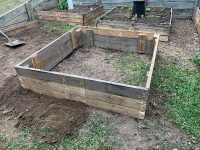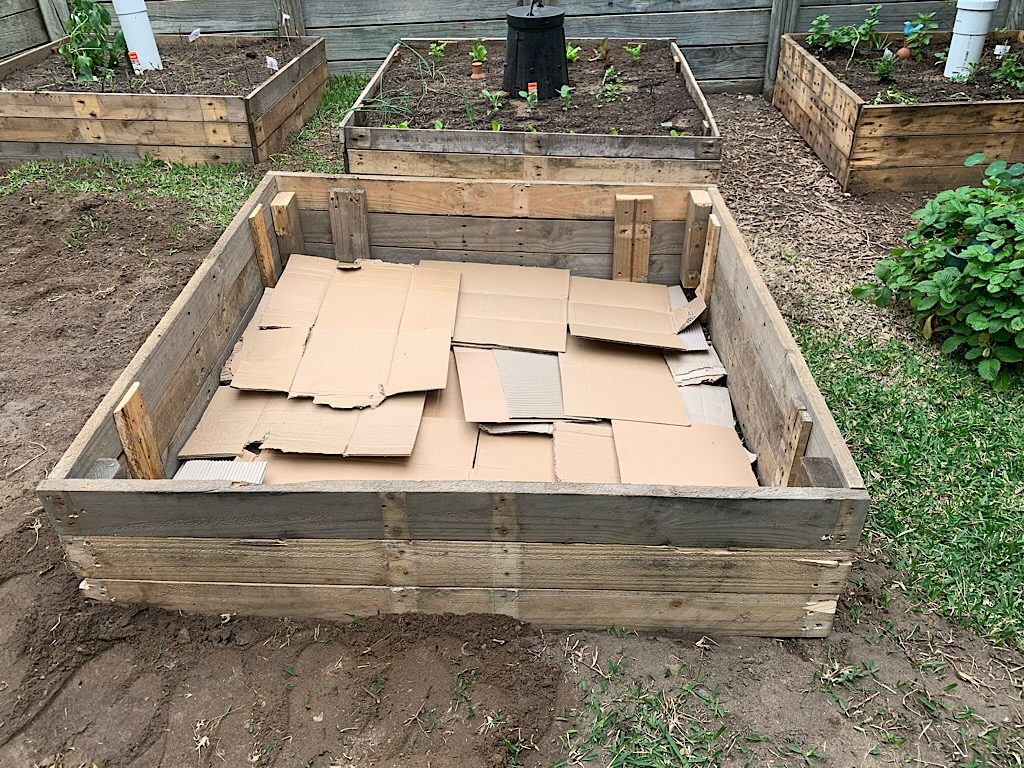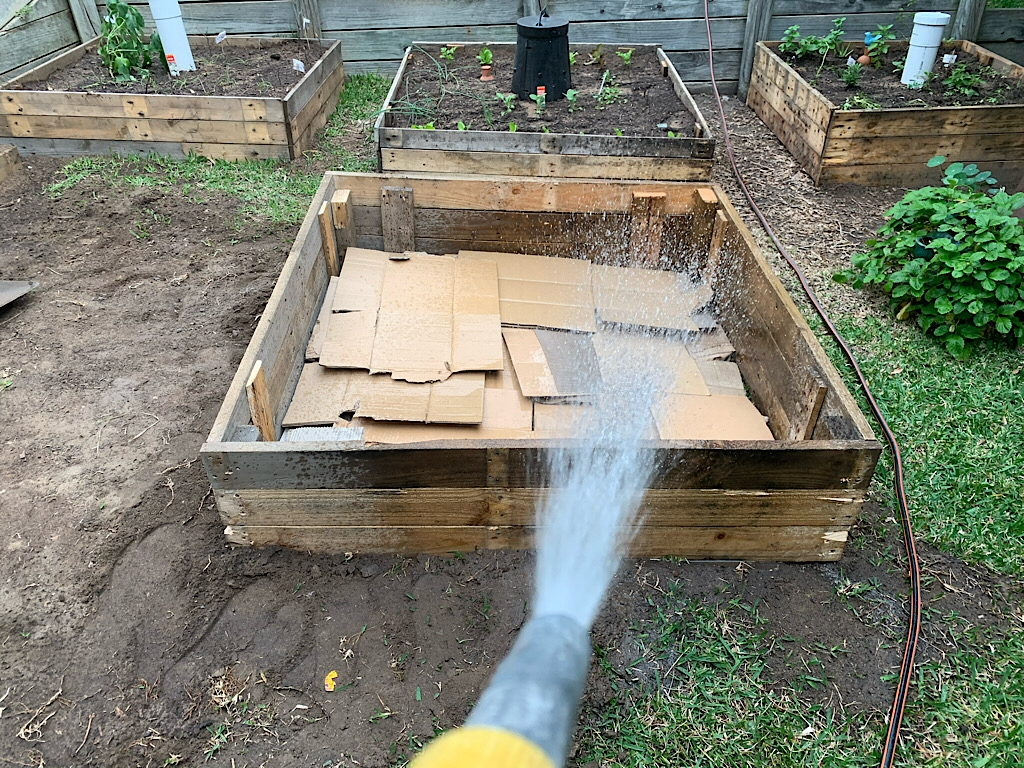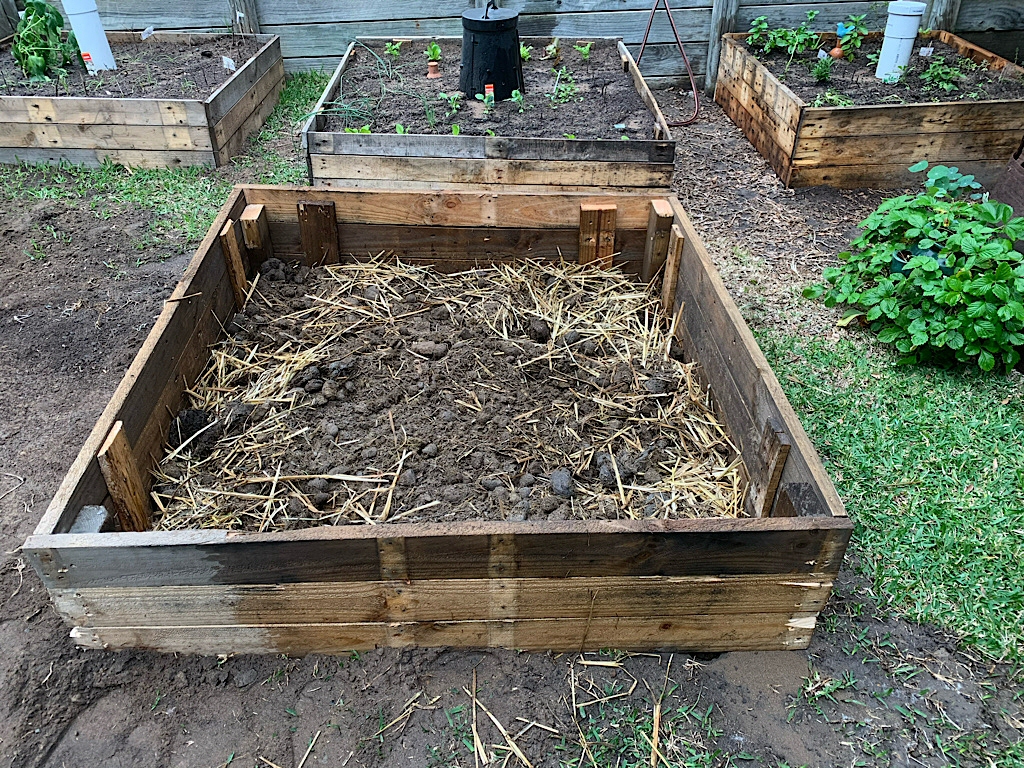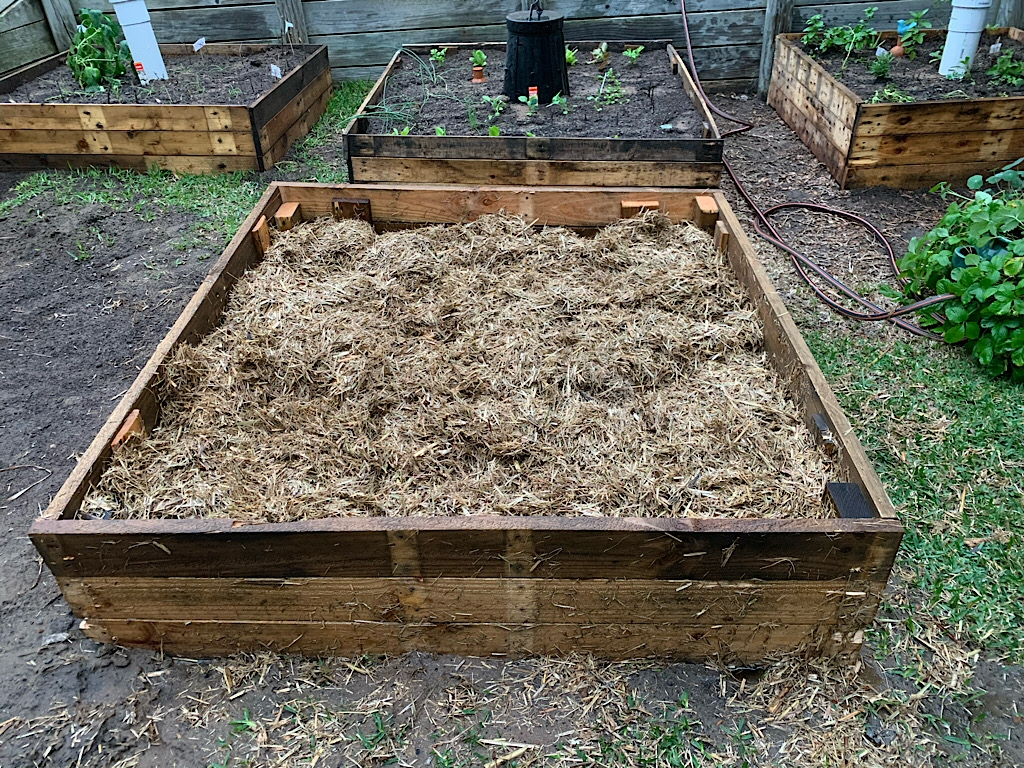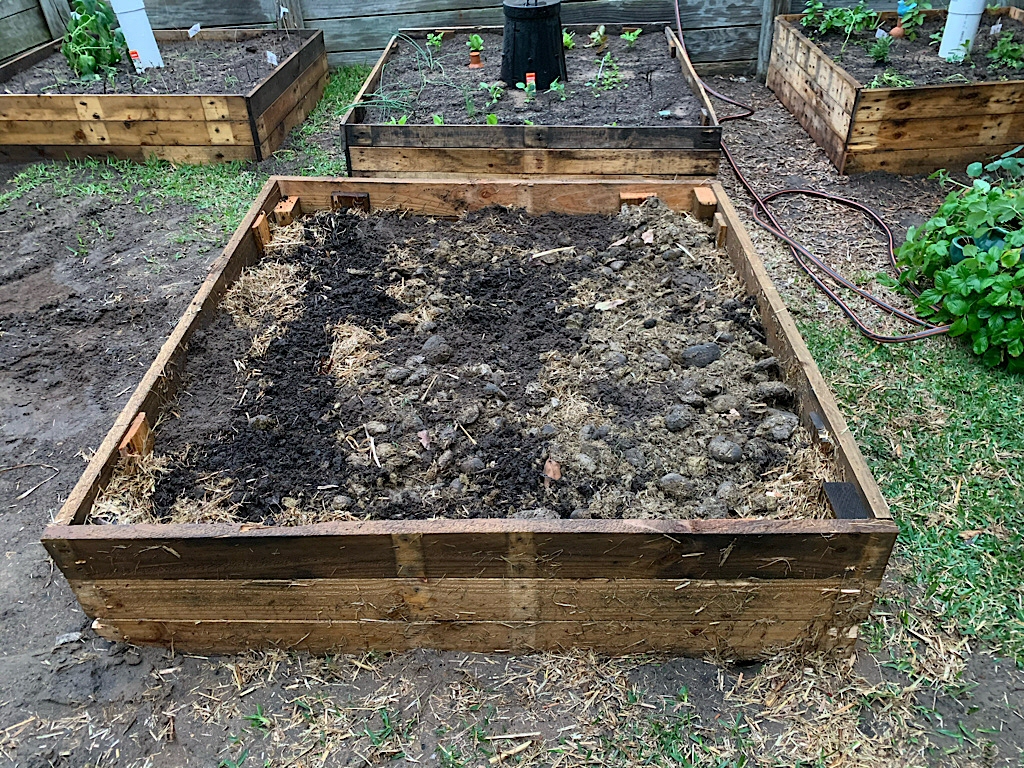How do I start a no dig garden?
Even if you have a concrete backyard in the city it is still possible to grow your own food. A no dig garden can be constructed virtually anywhere and can be of any size. There are many benefits of creating a no dig garden. One of them being that you don’t have the physical labour of digging existing soil to create a garden bed. Instead, you construct the no dig garden from the ground up. No dig gardens are perfect for those who live in a rental as they can be deconstructed if needed, and they can even be created on hard surfaces like concrete. Also, you can be sure your edibles are being planted into high quality growing material, rather than planting them into unsuitable soil or soil that might contain toxins. Older properties can have traces of lead in the soil, as this used to be a paint ingredient….if you can’t get your soil tested then creating vegetable growing beds above the old soil level is a good way to be sure you are growing in good soil.
The first step in creating a no dig garden is to construct a border. You can make this edging as high as you wish, but about 50cm in height is about the lowest you want to go, so you can be sure to fit the different layers inside.
You can construct the edges of your no dig garden out of timber, stone, bricks, tin, wire mesh or any material you can think of to form a garden bed. An edging is not necessary if you don’t mind a bit of garden creeping away from where you placed it.
If you are starting on a soil surface the first layer should be newspaper or cardboard, 5-10 sheets thick laid in an overlapping pattern to suppress weeds. Next add a 15cm thick layer of lucerne hay or straw followed by a 5 cm layer of well rotted manure of any sort. Then repeat the process again and finally cap it off with a 10cm layer of potting mix or compost into which you can plant your vegetable seeds or seedlings. It is helpful to water each layer as you go, as organic materials need moisture to start the decomposition process.
The layers will act like a big ‘compost cake’, and as it decomposes there will be lots of plant food released by the bacterial action, which will turbo charge your vegetables. As the layers rot down, they will encourage lots of worms to work too, further enriching the garden. As it rots, the depth will sink, so top up with more compost and hay as required.
Read more:

